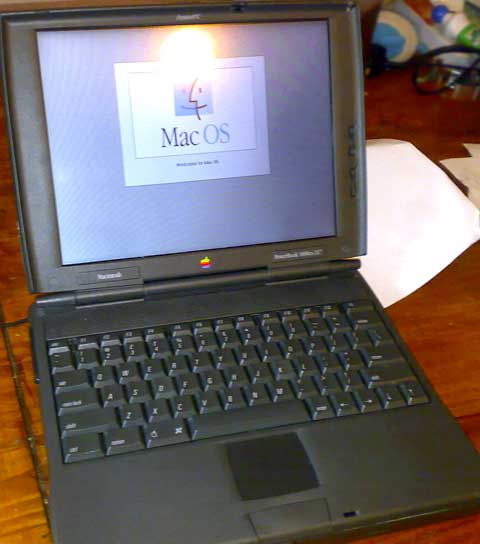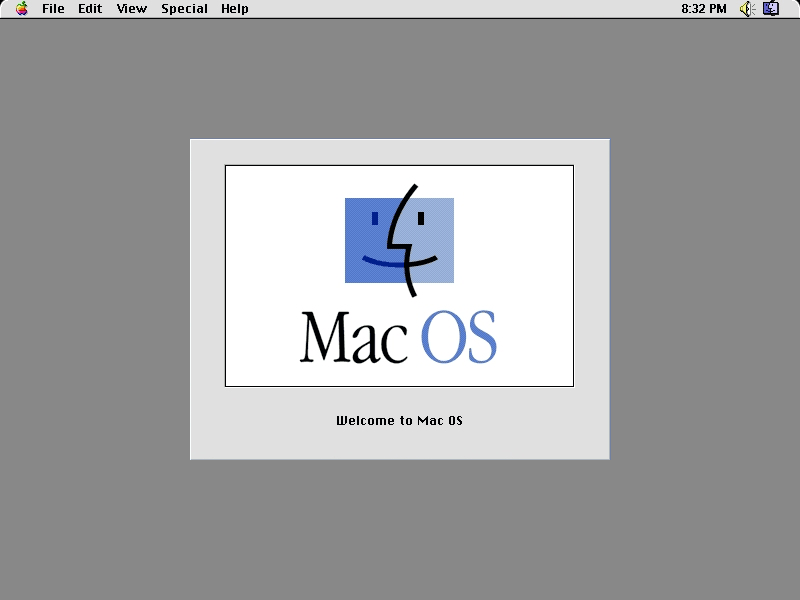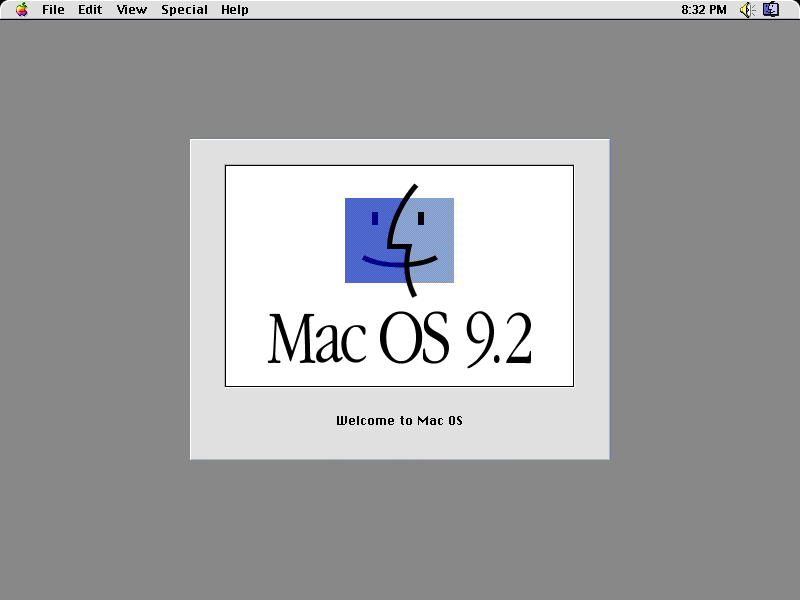I love the Classic Mac OS, the Mac operating system prior to Mac OS X. Mac OS 8 has to be one of favourite classic OSes.
 In 2007, my wife was looking for a cheap laptop to just type on, and we picked up a 1997 PowerBook 1400cs that was up for grabs. This was a 117 MHz PowerPC machine with 32 MB RAM, hardly fast in an era of Intel Core 2 Duo Macs.
In 2007, my wife was looking for a cheap laptop to just type on, and we picked up a 1997 PowerBook 1400cs that was up for grabs. This was a 117 MHz PowerPC machine with 32 MB RAM, hardly fast in an era of Intel Core 2 Duo Macs.
It came with Mac OS 9.1 installed, the highest version it could run, but it was rather sluggish, so I wiped the measly 1 GB hard drive and set about installing Mac OS 8.5, which I then upgraded to 8.6.
My previous experience with the Classic Mac OS had seen a tiny amount of using System 6 on some Mac Classics in 1991 and System 7 on a Mac SE/30 earlier in 2007. My main experience of pre-OS X was with Mac OS 9 extensively at work and at home from 1998 to 2002, when I upgraded permanently to Mac OS X. I loved Mac OS 9. I still use it occasionally, but the PowerBook 1400cs was my first experience of Mac OS 8.
Mac OS 8
Mac OS 8 was a massive overhaul over System 7. It brought some much needed features, such as a revamped Finder, contextual menus, spring loaded folders, and the ability to set pictures as desktop backgrounds. It also focused on a more colour-based OS. Okay, so these are hardly “features” – more additions and tweaks and things that Microsoft had brought to Windows 95 a few years prior.
It was the under-the-hood revamping and streamlining that made Mac OS 8 so much better than its predecessor, as well as features added in later releases.
Mac OS 8.1 introduced the HFS+ filing system, support for FAT32 (the Windows file system), Carbon apps, and Internet Explorer 3. Mac OS 8.1 was available as a free downloadable upgrade from Mac OS 8.0.
Mac OS 8.5 was the first version of the Mac OS to run solely on PowerPC hardware and not on 680×0 Macs. It introduced Sherlock, faster networking, anti-aliased system fonts, and an easier installation method. Despite being a point release, 8.5 wasn’t free; it was more like a major OS release.
The Mac OS 8.5.1 update was free and was just bug fix update.
Mac OS 8.6, a free upgrade to 8.5/8.5.1 users, was the last version of OS 8. It offered better multitasking and multiprocessing. It was also the first version of Mac OS to show its version number during startup; previous versions just showed ‘Mac OS’, whereas now it showed ‘Mac OS 8.6’.

Before OS 8.6, the startup screen did not show a version number.
From OS 8.6 through 9.2, it displayed the version number.

Under Mac OS 8.6, the PowerBook 1400cs was much faster. It was like OS 9 with just a few things stripped out. I would consider it the last useable version of Mac OS in this modern world. Like any older OS, it does have its downfalls and problems, but if you have a pre-G3 machine, I would recommend it.
Pre-G3 machines generally – especially laptops – used propriety RAM modules, so even now maxxing out RAM is an expensive affair. If you have the RAM, go for OS 9; if you have under 64 MB, I would stick with OS 8.
As someone who likes a challenge, I managed to get the PowerBook 1400cs to connect to my wireless network under OS 8 using a WaveLAN card.
Mac OS 8 is still a beautiful OS, and in its later revisions, one of the most stable versions of Mac operating system ever released.
Further Reading
- Mac OS 8 and 8.1: Maximum Size, Maximum Convenience, Tyler Sable
Follow Simon Royal on Twitter or send him an Email.
Like what you have read? Send Simon a donation via Tip Jar.
keywords: #macos #macos8 #techspectrum #simonroyal
short link: http://goo.gl/7voVj9
searchword: macos8

